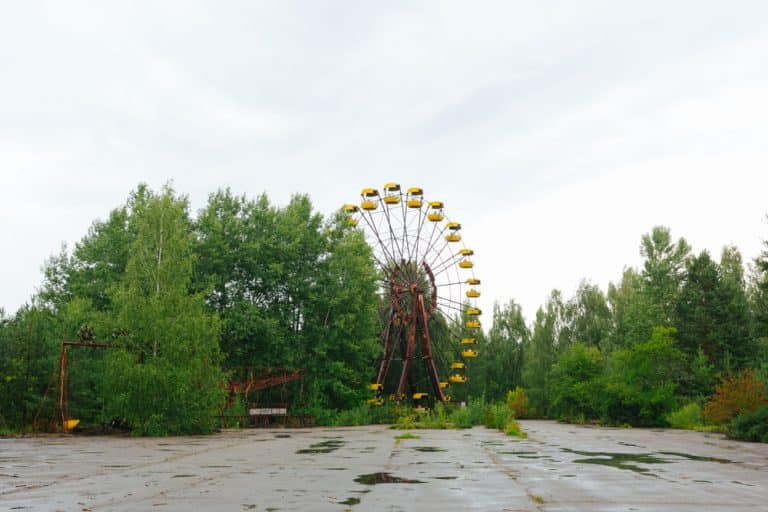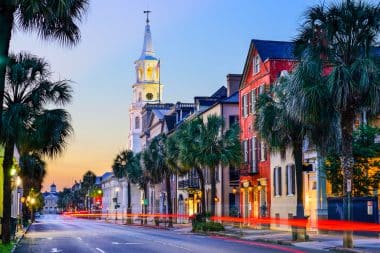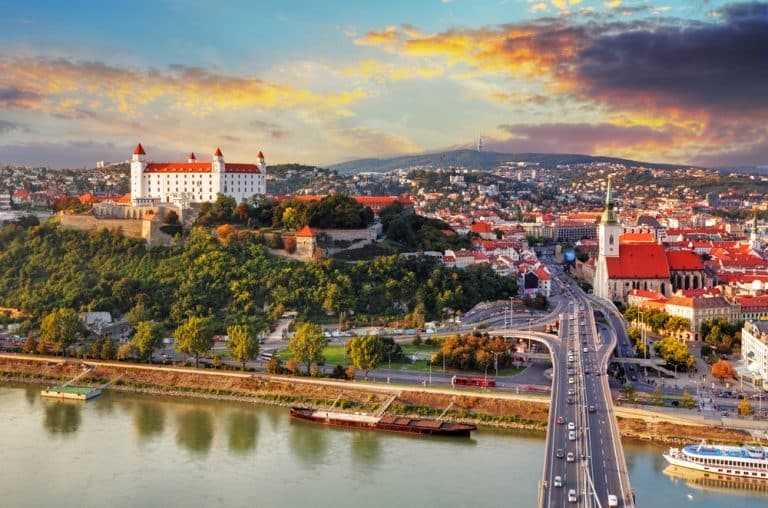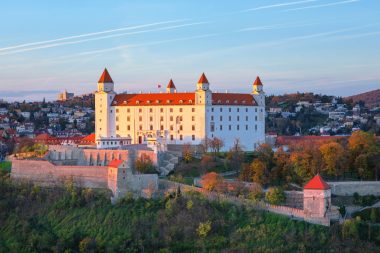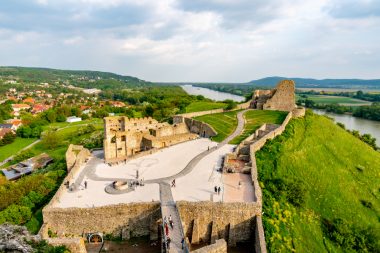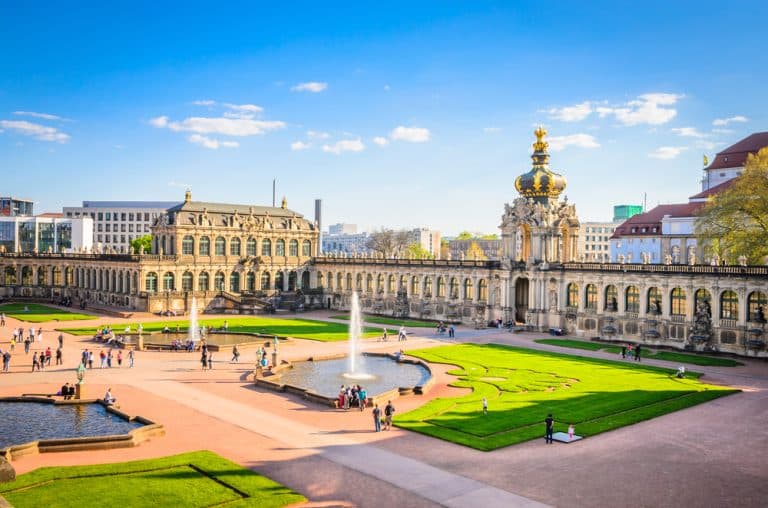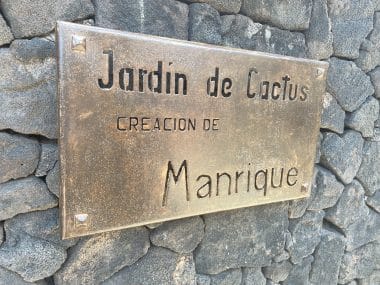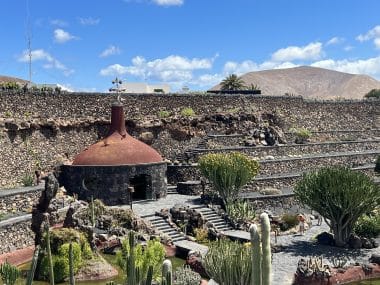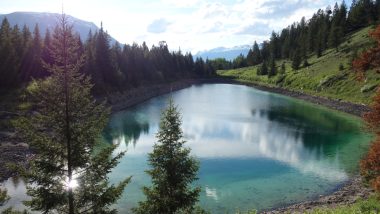The Brauneck ski area in Upper Bavaria is part of the Bavarian Pre-Alps and offers wonderful winter sports fun with an altitude of 1555 metres and a valley altitude of 740 metres. It is a nationally popular skiing and hiking area and also very popular with the locals, as it is not far from the state capital Munich at 60 kilometers and offers excellent connections.
Nestled in the southern foothills of the Bavarian Alps, Brauneck is located in the middle of a beautiful alpine landscape and thus enables multifaceted winter sports in front of the magnificent panorama of the Osterfeld mountain range.
Overall, the ski area offers unique winter sports fun for beginners, advanced skiers and professionals. The facility is well equipped with 17 modernized lifts and 25 kilometers of slopes covering all levels of difficulty. In addition, there is also a wide range of winter activities such as snowshoeing, tobogganing, horse-drawn carriage rides and curling.
An extremely versatile winter sports pleasure
The Brauneck area is fully developed and offers winter sports enthusiasts a good infrastructure with a cable car to the summit, ski lifts and the Brauneck mountain railway. There are several take-off sites for paragliders and hang-gliders on the mountain and a separate landing site for hang-gliders at the parking lot of the Brauneck mountain railway. This place magically attracts not only aviation enthusiasts. Children are also thrilled by the spectacle of the landing planes.
The ski slopes in Brauneck offer a variety of slopes and experiences.
The most famous of all ski slopes is certainly the World Cup downhill. It is one of the steepest runs in the region and is highly recommended for experienced skiers looking for a special adventure.
For beginners and families, there are a variety of easier and flat runs. The Garland run and the family run to Kotalm are both very easy runs and are therefore perfect for beginners and families. The Ahorn run and the Waxenstein run are also easy. For families planning a longer tour, the four-kilometre family run is a good choice.
Less experienced skiers can also try their hand at the easier slopes, such as the Streidlhang, the one-kilometre-long Jaudenhang and the Draxlhang. With its extensive range of huts and cosy inns, you have plenty of opportunity to indulge in culinary delights along the slopes.
For experienced skiers, the Brauneckberg offers a number of runs that offer some challenges. The idyllic Lenggrieserhang, the Kothang, the Florihang, the Buckelweg, the Circus Slope, the Snow Bar Slope, the Ideal Slope and the World Cup Slope are all very demanding descents that offer some challenges.
The Finstermünz run is one of the longest runs in the region, which stretches over several kilometres. The Kapellenhang descent is also a very long and challenging descent.
Overall, the Brauneckberg offers a wide variety of ski slopes that are suitable for beginners and experienced skiers alike. There are runs of all levels of difficulty and also extended runs that extend over several kilometers.
Culinary highlights

The Brauneck is not only a wonderful holiday destination for winter sports enthusiasts, but also offers plenty of culinary offerings.
The municipality of Lenggries, in which the ski area is located, is a member of the Tölzer Land Herb Adventure Region. Visitors can experience the herb garden on the Stie-Alm at Brauneck here. In this herb garden you will find many local herbs and spices that are a real delight for the palate.
The Jaudenstadl is also a culinary highlight in the region. Here you can look forward to pork or veal shanks from the Reindl, snacks in the beer garden or many other lovingly prepared dishes. The Stadl is a unique experience and a welcome change during a day at Brauneck.
The Brauneck also offers many local products, such as goat cheese, mountain cheese or herbal liqueur. These local delicacies are a real hidden gem and a must for anyone visiting the region.
Comfortable accommodation options

There are many accommodation options in the Brauneck ski area. With the Reiseralm, the ski area offers a private hut for overnight stays. Other managed huts are the Brauneck-Gipfelhaus, which is operated by the Alpine Ski Club section of the German Alpine Club, and the Tölzer Hütte, which is owned by the Bad Tölz Ski Club. Other options are the Quengeralm, the Stie-Alm, the Bayernhütte, the Florianshütte and the Kotalm.
There are two other interesting options for skiers: the Milchhäusl and the Finstermünz-Alm. However, both are only open in winter. All accommodation offers in the Brauneck ski area are run with traditional Bavarian hospitality, so that you can fully immerse yourself in an authentic Alpine experience.
For those who do not want to book a hut, there are some guesthouses, hotels, apartments and inns nearby, where you can spend the night. There are also well-equipped campsites where you can set up camp with your motorhome even in winter.
For those who want a more luxurious stay, various chalets and holiday homes are offered, which can be rented directly from the owner or agencies. These offer all the comforts and additional amenities, such as a swimming pool, sauna, gym and much more.
The municipality of Lenggries has set up an online portal for tourists and skiers, where you can easily find the perfect accommodation and receive information about your stay in the Brauneck ski area.
No matter which accommodation you choose, one thing is certain: Brauneck is a wonderful place for skiers and outdoor enthusiasts, whether they want to stay just for a weekend or longer. With the wide range of different accommodation options, everyone will experience their dream holiday.





